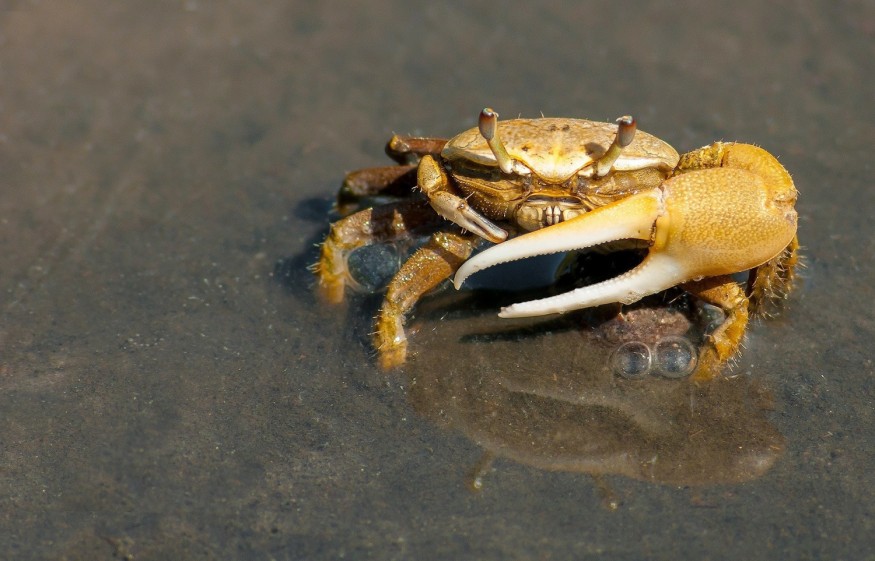
Acidification is dissolving the shells of Dungeness crabs across the Pacific Ocean, a new research shows.
The study, published this month in the journal Science of the Total Environment, said lowering pH levels across the US Pacific Northwest is causing parts of the crab's shell to corrode shell and damages its sensory organs.
Their injuries may want to impact coastal economies and forebode the boundaries in a changing sea. While the results aren't unexpected, the research's authors stated the harm to the crabs is premature: The acidity wasn't anticipated to damage the crabs this quickly.
"If the crabs are affected already, we want to make sure we pay more attention to diverse components of the food chain before it's too late," stated research lead author Nina Bednarsek. Bednarsek serves as the senior scientist of the Southern California Coastal Water Research Project.
The organization studies ocean acidification and how converting pH levels are impacting coasts.
How the sea acidifies
The ocean is acidifying because it's absorbing extra carbon dioxide from the atmosphere, which lowers pH levels in the water.
Ocean acidification changes the coasts, freeing extra nutrients that could cause algae blooms and growing sea temperatures and salinity, according to NOAA.
However, crustaceans and corals that rely upon carbonate ions find it challenging to build stronger shells and coral skeletons in more acidic waters.
Crabs are not affected, too. Clams, oysters, and plankton also depend on the same carbonate ions to strengthen themselves.
How it hurts the crabs
The researchers said the acidification eroded the younger shells of Dungeness crab larvae - which could impair their ability to know predators nearby - and adjust their buoyancy in the water,
The crab larvae that showed signs that their shells have been dissolving were smaller than the other invertebrates, too. This could mean developmental delays that might mess with their charge of maturation.
The tiny hair-like systems crabs use to navigate their environments were broken by the low pH ranges, too - something scientists had not seen before. Crabs without these mechanoreceptors could move more slowly and have a problem swimming and searching for food.
"We found dissolution influences to the crab larvae that were no longer seen to happen until later on this century," said Richard Feely, study co-author, and NOAA senior scientist.
What's next?
It's still unclear if the equal forces ought to negatively affect adult Dungeness crabs, a question that requires more research. But with the obstacles a crab larva faces in its early development, it is got less of a possibility to live on to adulthood.
As for the acidifying ocean, NOAA proposes two approaches to solve the issue: Reducing our carbon footprint to reduce the carbon dioxide absorbed by the sea or educate wildlife to the folks who depend upon it to evolve to how the ocean would change.
NOAA works with nearby fishery managers and policymakers on conservation efforts -- and researchers hope their findings might be enough to persuade them to take on the spot action.
© 2026 NatureWorldNews.com All rights reserved. Do not reproduce without permission.





